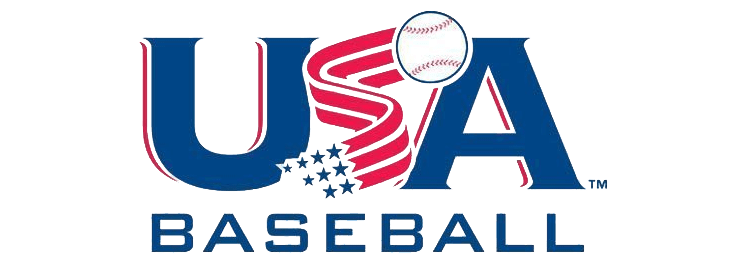Little League International Rules
Bat Restrictions
Rule 1.10
The bat must be a baseball bat which meets the USA Baseball Bat standard (USABat) as adopted by Little League. It shall be a smooth, rounded stick, and made of wood or of material and color tested and proved acceptable to the USA Baseball Bat standard (USABat).

Non-wood and laminated bats used in the Little League (Majors) and below, Intermediate (50-70) Division, and Junior League divisions, shall bear the USA Baseball logo signifying that the bat meets the USABat – USA Baseball’s Youth Bat Performance Standard. All BPF – 1.15 bats are prohibited. The bat diameter shall not exceed 2⅝ inches for these divisions of play. Additional information is available at LittleLeague.org/batinfo.
For a complete list of bats approved through the USABat Standard visit usabat.com
Little League International Rules

For the most up-to-date version of Little League’s Official Regulations, Playing Rules, and Operating Policies visit the link below.
Infield Fly Rule
How to handle an appeal
INTERFERENCE & OBSTRUCTION
A play that is fairly common is either a baserunner runs into a fielder making a play or a fielder gets into the way of a runner. Neither may be intentional but how should they be handled?
The offensive player getting in the way of a fielder making a play is interference. A fielder (not making a play) getting in the way of a runner is obstruction.
Interference : League Rulebook Section 2 (definition of terms) defines offensive interference as an act which obstructs, impedes, hinders or confuses any fielder attempting to make a play. If the umpire calls the runner out for interference, the ball is dead and all other runners return to the last base legally touched at the time of the interference. The interference does not have to be intentional. Rule 7.09(j) - (Interference) also states that "it is interference by a batter or a runner when the runner fails to avoid a fielder who is attempting to field a batted ball."
Before everyone asks about inadvertent contact on thrown balls, Rule 7.08(b) says that a runner is out when he "intentionally interferes with a thrown ball.”
So - long story short, any runner who obstructs, impedes, hinders or confuses any fielder attempting to make a play on a ball is out whether intentional or not. Any runner who interferes on a throw is out only if intentional.
Obstruction: League Rulebook Section 2 (definition of terms) defines obstruction as "the act of a fielder who, while not in possession of the ball, impedes the progress of any runner. A fake tag is considered obstruction." The definition also states "NOTE: Obstruction shall be called on a defensive player who blocks off a base, base line or home plate from a base runner while not in possession of the ball."
Rule 7.06 (The runner) states that when obstruction occurs, if a play is being made on the obstructed runner he shall get at least one base beyond the base last legally touched and all other runners shall advance to the base they would have reached if there had been no obstruction. If no play is being made on the obstructed runner, the play should continue and afterwards, the umpire shall impose any penalties that will nullify the obstruction.
So for obstruction, the fielder does not have to intentionally block the baseline of the runner. The fielder just needs to impede the progress of the runner.